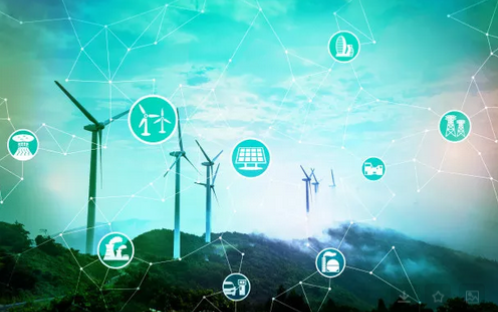

As one of the important infrastructures of the digital industry, the Internet of Things has ushered in a golden period of development. Through the collection, analysis, and output of data, the Internet of Things communication technology has deepened from shallow interconnected tools and products to become the infrastructure and key elements to reshape the production organization, and is profoundly changing the traditional industrial form and people's lives. way, the era of ubiquitous IoT has arrived.
Due to the complexity and fragmentation of IoT scenarios, there is a lack of efficient and flexible IoT solutions in the market, industry development is limited, and the ceiling needs to be further opened. IoT technology and ecological integration are the industry demand and the general trend. There are numerous IoT technology solutions in the market, such as ZETA, LoRa, Sigfox, Zigbee, Bluetooth, RFID, WiSun, and NB-IoT based on licensed spectrum.
However, these technologies are not interoperable, and the terminals of each protocol can only communicate with their corresponding gateways, resulting in the IoT terminals of the Internet of Things becoming isolated islands:
For example, asset inventory and circulation tracking require different protocols in different scenarios. For example, objects are actively reported in the warehouse based on ZETA and other IoT technologies; while the scanning records when leaving the warehouse and the tracking of express delivery points are based on RFID, two-dimensional 4G, ZETA and other technologies are required for visual tracking on highways, and satellite communication is used in scenarios with limited communication coverage such as deserts and high seas, which leads to different IoT technical solutions and lines for each link. The management of Shanghua could not be fully opened, which greatly increased the operating cost.

In addition to different protocols, due to the fragmented application of the IoT, even if the IoT terminal adopts the same protocol, different parameters will be used in different scenarios. For example, in the industrial and power industries, the monitoring data of equipment generally requires higher-speed transmission. For scenarios where site acquisition is difficult, capacity requirements are low, and transmission rates are low, the requirements for receiving sensitivity are relatively high. The following table lists two typical Advanced M-FSK rates:
Because of the different rates, the two have completely different requirements for synchronization sensitivity, and different requirements for the corresponding transmitter pilot length and receiver algorithm. If a set of high-sensitivity receiving synchronization algorithms are used to cover all rates, the synchronization algorithms will appear redundant when using high-rate scenarios, which means that power consumption is large and resources are wasted.
If the existing technology focuses on local connections, there are too many technologies and it is difficult to integrate data, and it can be summarized as the LPWAN 1.0 era, then we urgently need a solution that integrates various technologies and makes the physical world extremely low-cost, non-inductive, and low-carbon. "LPWAN 2.0 Era".
Software-defined chips make it possible for customers to use heterogeneous networks to support the tracking of the same asset, that is, one chip or one IoT terminal can support the inventory of the asset in the warehouse, the tracking of outbound and express points, and the visualization of logistics flows such as roads. tracking, and satellite IoT tracking in areas such as deserts and oceans.
Based on the fusion of heterogeneous networks, IoT communication can intelligently select the most suitable communication technology and network for users based on user needs (such as vehicle users) and business characteristics (such as high real-time requirements) based on power consumption and cost, etc. , thereby providing better QoS.
We're more than just an IoT solutions provider—CDEBYTE is your partner in making sustainable and efficient technology towards a more connected future. It's IoT make everyting easy.







